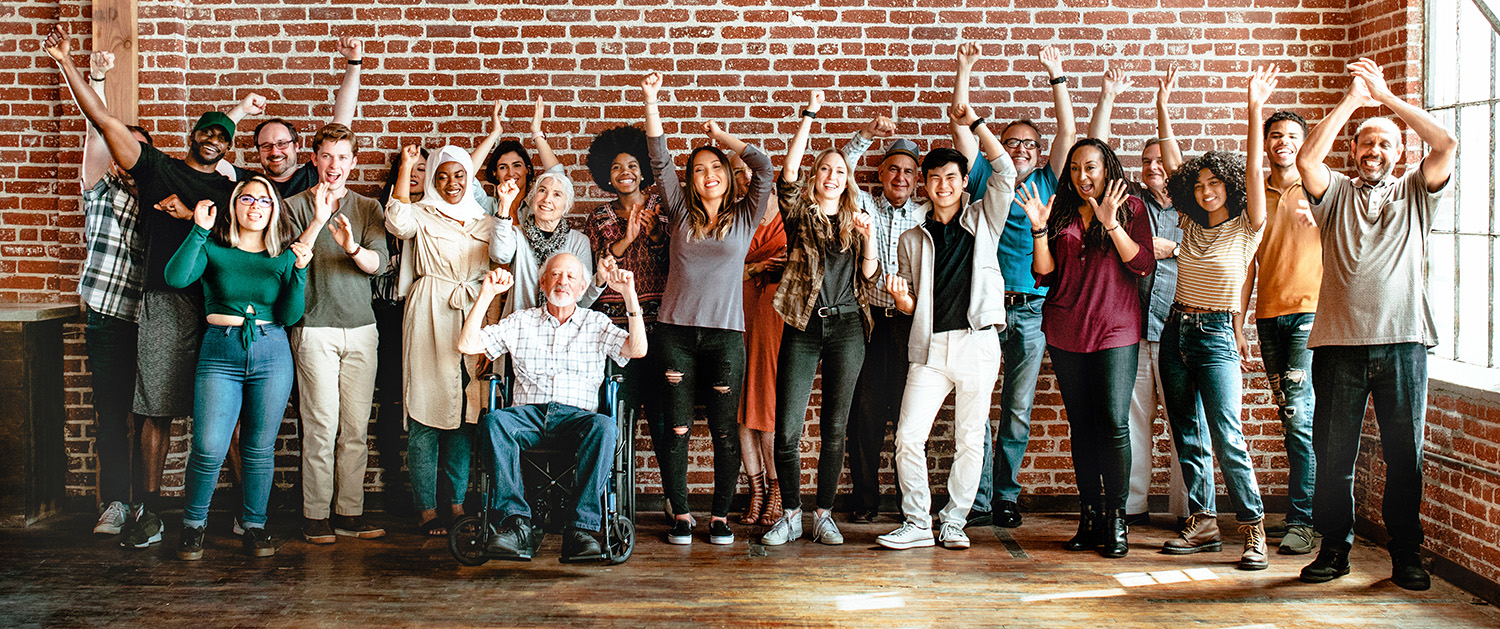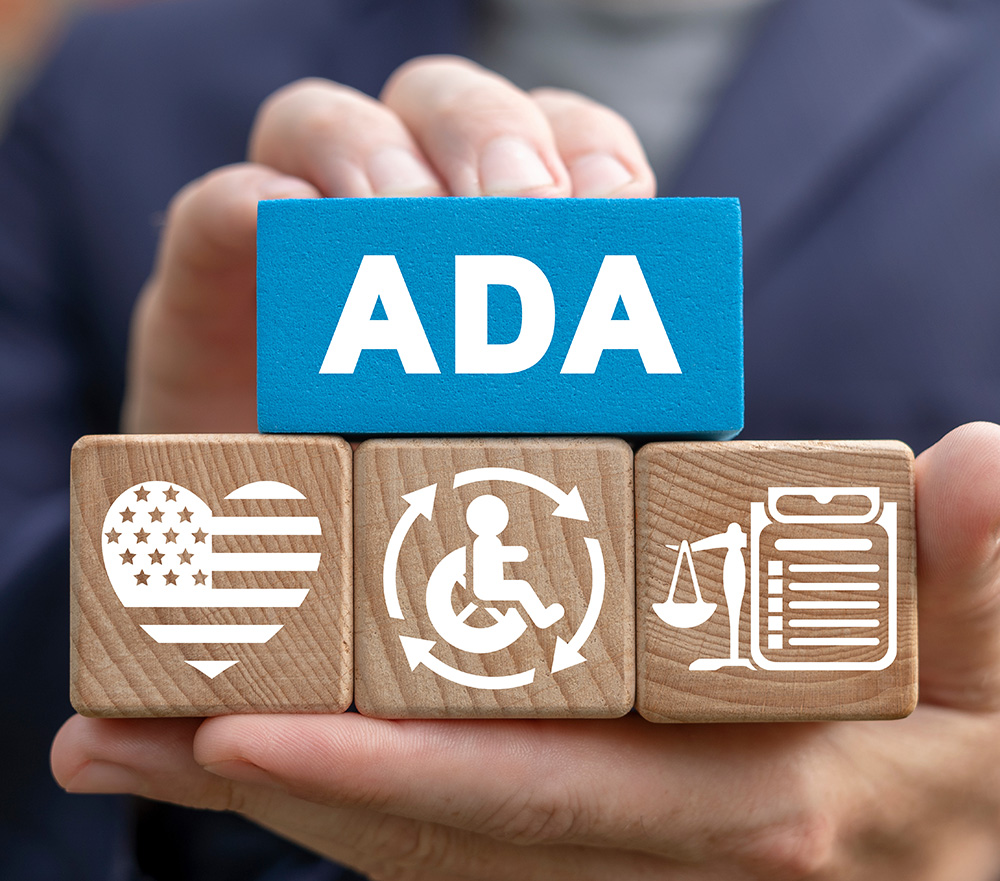As we get ready to welcome 2026, we’re taking time to reflect on the momentum, progress, and meaningful milestones that shaped 2025.

Asher’s Take on Web Accessibility
What Is Accessibility?
Website accessibility means making your website usable and equally accessible by removing barriers for people with various disabilities or impairments. Here at Asher, we follow the Web Content Accessibility Guidelines (WCAG) 2.2 to the AA level by default (or higher as needed). This helps remove barriers on the websites we design and build. These guidelines are organized around four principles (POUR):

Who Benefits From an Accessible Website?
Well, everyone! Everyone benefits from accessible websites and technology—not just those with disabilities.
“Web accessibility: Essential for some, useful for all.” – W3C Web Accessibility Initiative (WAI)
There are four main categories of conditions that are considered when designing and coding accessible websites: visual, auditory, mobility, and neurological/cognitive.
Here are some examples:
Here’s a great video on Colors with Good Contrast:
How Can Asher Help With Web Accessibility?
Web accessibility influences how we design, format content, and code websites.
- At Asher, we build websites to WCAG 2.2 AA standards to mitigate legal risks. Our code framework addresses accessibility issues from the start, ensuring a strong foundation.
- We also follow best practices for writing and organizing content to ensure that copy, links, headings, images, and videos are also compliant.
- We provide accessibility training to our clients so they can feel empowered to write accessible content.
- Additionally, we perform monthly accessibility reporting to flag any compliance issues that may occur before they cause problems for our clients’ users or legal teams.
If you’re interested in learning more web accessibility, or want to see if your site is accessible, we’d love to chat! Reach out to Asher for any of your website needs.
Written by Jeanie Creekmur, Asher Agency Web Project Manager
More of our thoughts
In the noisy, cluttered world of digital ads, pop-ups, and social media scrolls, billboards offer something different.
AI has leveled the playing field. The tools that were once reserved for the biggest holding companies are now accessible to everyone.




